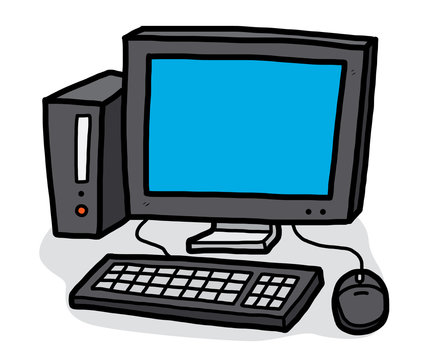
Social Networking and libraries go hand-in-hand. At first glance, it may not seem this way but there are two big factors that play into how they relate to one another. The first factor is that libraries offer internet usage and computer access to its patrons. With a library card, a person can use the internet, email, and social media platforms for free. Secondly, librarians and library support staff use social media platforms as a tool for their libraries. With the use of social media marketing, a library can get their information, collections, and events out to the general public. By creating a social media account across different platforms, it allows the library to keep the community updated on what’s happening.
The library has always been the center of a community. Until technology advanced, it was typically an in-person transaction to use physical resources. Librarians are now creating applications and social media platforms to allow its patrons to have resources from wherever they are. Some examples of resources created for its patrons are Library Success: A Best Practices Wiki--Social Networking Software(http://www.libsuccess.org/#x005F;Networking&%23x005F;Software), Information Wants To Be Free: Libraries in Social Networking Software (https://meredith.wolfwater.com/wordpress/2006/05/10/libraries-in-social-networking-software/) , and, Library of Congress Blog: My Friend Flickr: A Match Made in Photo Heaven (https://blogs.loc.gov/loc/2008/01/my-friend-flickr-a-match-made-in-photo-heaven/).
Library professionals have always interacted with local communities to share experiences and information. An online blog states that “social networking brings a new dimension to the professional lives of those involved with libraries, collapsing the latency of information exchange from months or years to almost instantaneous impact.” Libraries use facebook and instagram to connect with patrons and keep them updated on updated events. They use Linkedin for career building and networking. Libraries use twitter for updates and up-to-the-second news.
Works cited
“SAML Authentication (Including Shibboleth V1/2/3, Adfs, Microsoft Entra ID (Azure), Openathens).” OCLC Support, 4 Jan. 2024, help.oclc.org/Library_Management/EZproxy/Authenticate_users/EZproxy_authentication_methods/SAML_authentication.
“SAML Authentication (Including Shibboleth V1/2/3, Adfs, Microsoft Entra ID (Azure), Openathens).” OCLC Support, 4 Jan. 2024, help.oclc.org/Library_Management/EZproxy/Authenticate_users/EZproxy_authentication_methods/SAML_authentication.
Comments
Post a Comment